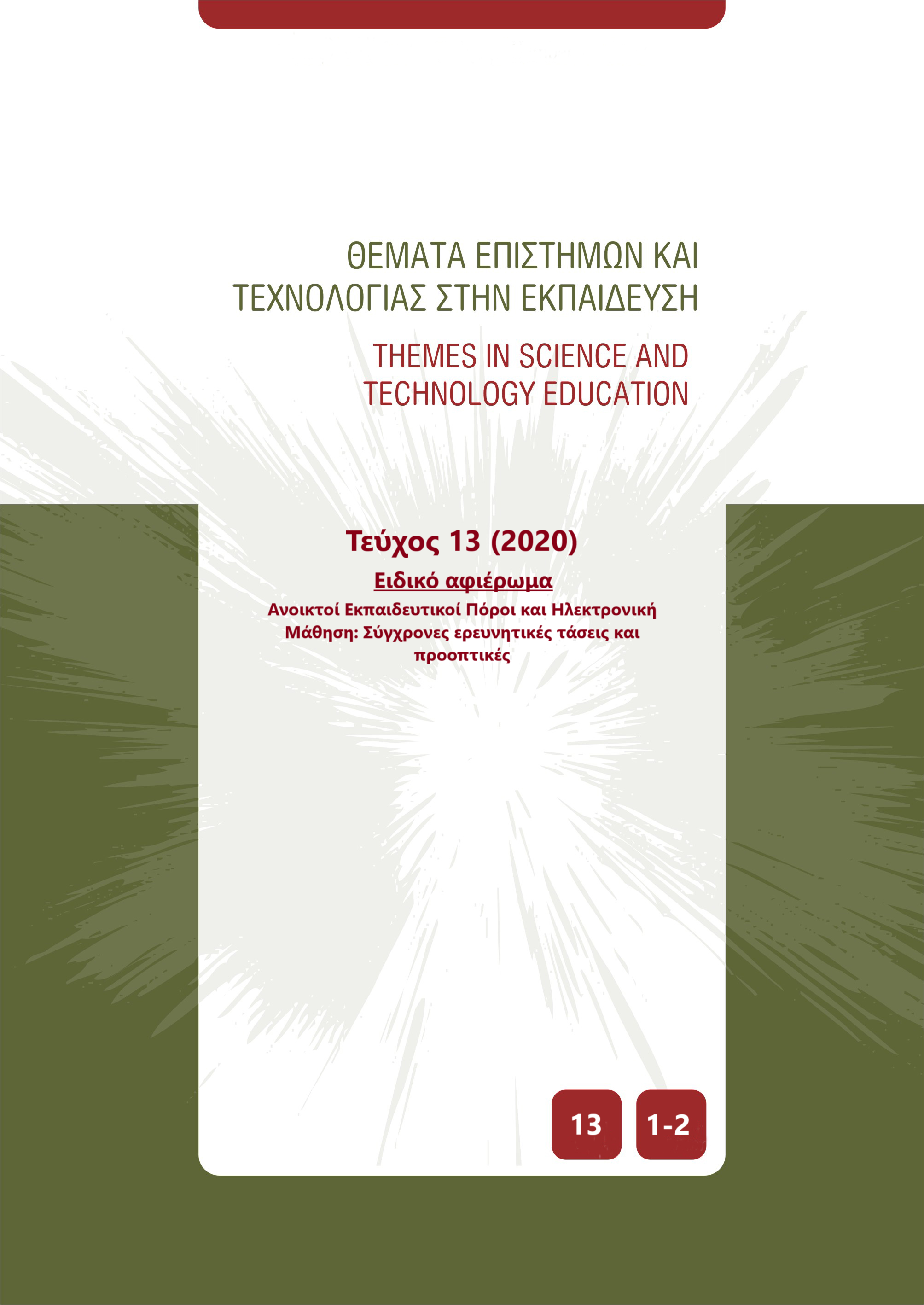Βιώνοντας το αόρατο και το διαφορετικό: Επαύξηση της πραγματικότητας στη γενική και στην ειδική εκπαίδευση

Περίληψη
Επαυξημένη Πραγματικότητα (ΕΠ) παρουσιάζει διαρκώς αυξανόμενο ερευνητικό ενδιαφέρον, με ενδείξεις για θετική συνεισφορά στη διδακτική πράξη και τη μαθησιακή διαδικασία. Οι περισσότερες εκπαιδευτικές εφαρμογές αξιοποιούν συστήματα ΕΠ βασισμένα σε φορητές τεχνολογίες χειρός, ενώ ελάχιστες χρησιμοποιούν φορητά συστήματα με δυνατότητα ταυτόχρονης παρατήρησης του πραγματικού και του εικονικού περιβάλλοντος. Η παρούσα εργασία χρησιμοποιεί το σύστημα ΕΠ MagicLeap® για το οποίο υλοποιήθηκαν δύο εφαρμογές. Η «βίωση του αοράτου» αναφέρεται στην οπτικοποίηση ηλεκτρομαγνητικών κυμάτων προερχόμενων από συστήματα ασύρματης επικοινωνίας. Η «αισθητοποίηση του διαφορετικού» αναφέρεται στην ενίσχυση της ενσυναίσθησης ανθρώπων του περιβάλλοντος ατόμων με Διαταραχή Αυτιστικού Φάσματος (ΔΑΦ) και την υπερευαισθησία αυτών των ατόμων σε διάφορα οπτικοακουστικά ερεθίσματα. Οι εφαρμογές χρησιμοποιήθηκαν σε αντίστοιχες πιλοτικές μελέτες με ειδικούς χρήστες και στόχο τη διαμόρφωση εργαλείων αξιολόγησης για τους παράγοντες της παρουσίας, της νόσου της προσομοίωσης και της αποδοχής της συγκεκριμένης τεχνολογίας. Τα αποτελέσματα δείχνουν υψηλό βαθμό ευχρηστίας και πως οι χρήστες διάκεινται ιδιαίτερα θετικά ως προς την αξιοποίησή τους στη διδακτική πράξη. Η εφαρμογή των ηλεκτρομαγνητικών κυμάτων θεωρήθηκε εύστοχη όσον αφορά στον επιστημονικό γραμματισμό. Η εφαρμογή για τη ΔΑΦ θεωρήθηκε ότι μπορεί να ενισχύσει την ενσυναίσθηση εκπαιδευτικών, φροντιστών και γονέων παιδιών με ΔΑΦ.
Λεπτομέρειες άρθρου
- Πώς να δημιουργήσετε Αναφορές
-
Βρέλλης Ι., Γκαϊντατζής Π., Δελημήτρος Μ., Ιατράκη Γ., Μικρόπουλος Α., Μπέλλου Ι., Στεργιούλη Α., Τσιάρα Α., & Χαλκή Π. (2020). Βιώνοντας το αόρατο και το διαφορετικό: Επαύξηση της πραγματικότητας στη γενική και στην ειδική εκπαίδευση. Θέματα Επιστημών και Τεχνολογίας στην Εκπαίδευση, 13(1/2), 49–62. https://doi.org/10.12681/thete.39979
- Ενότητα
- Articles





